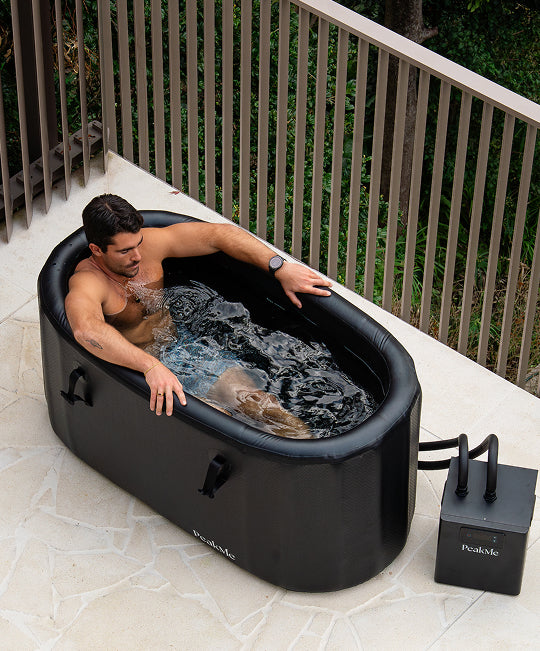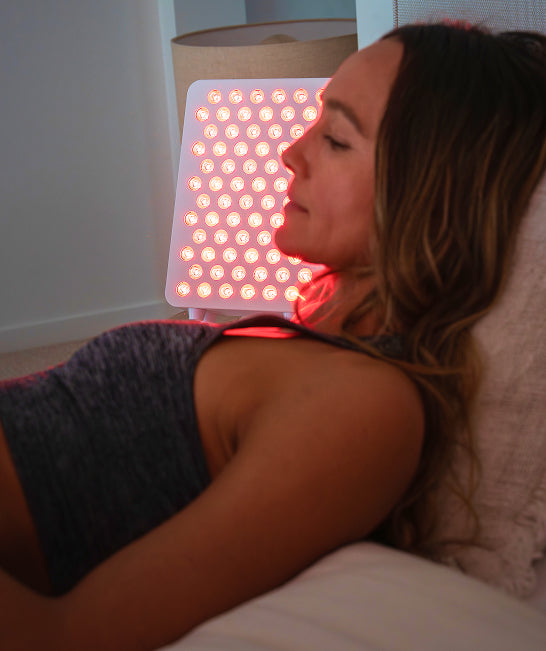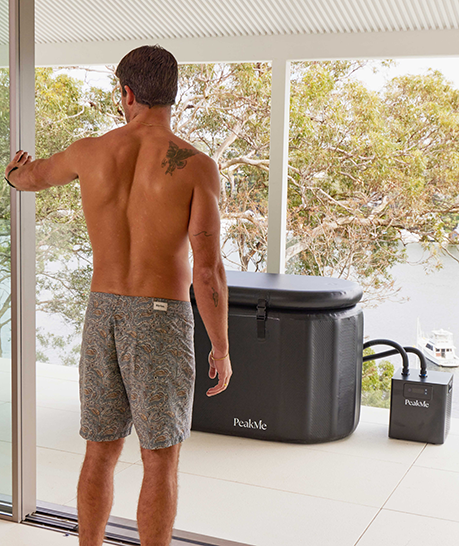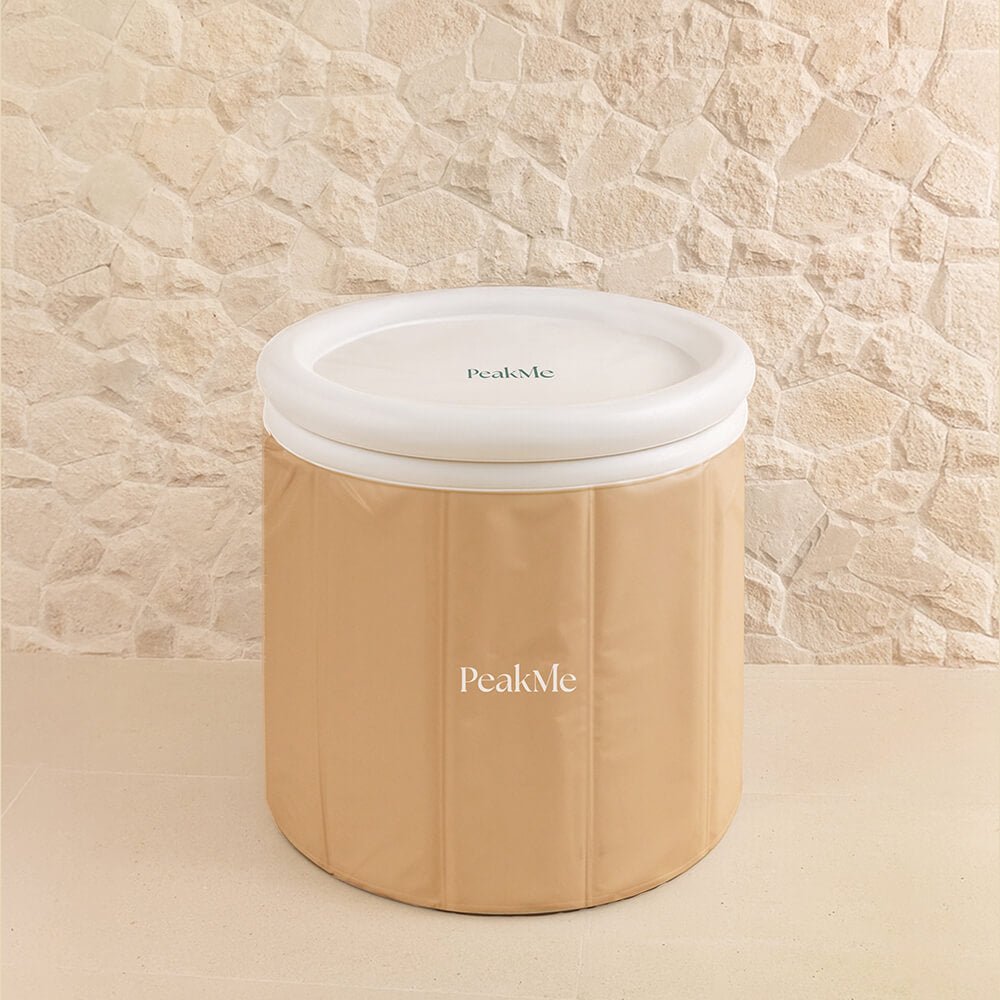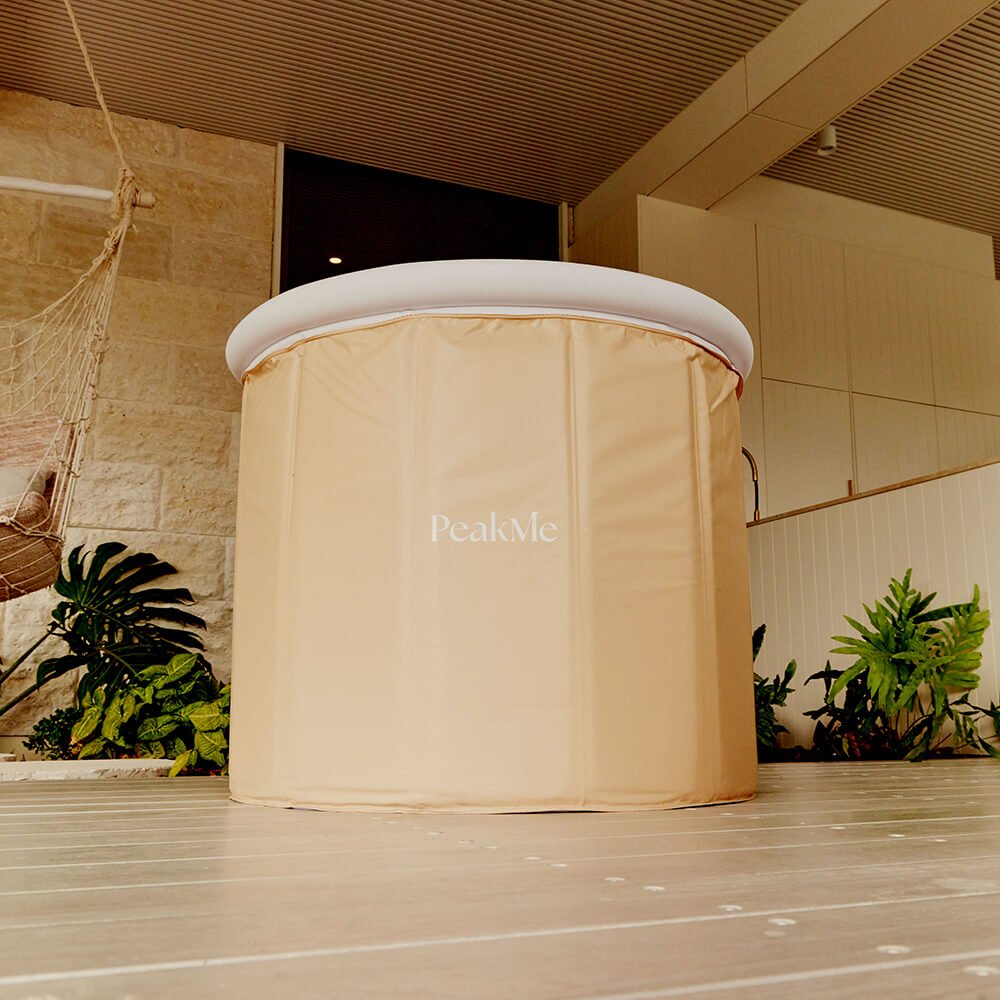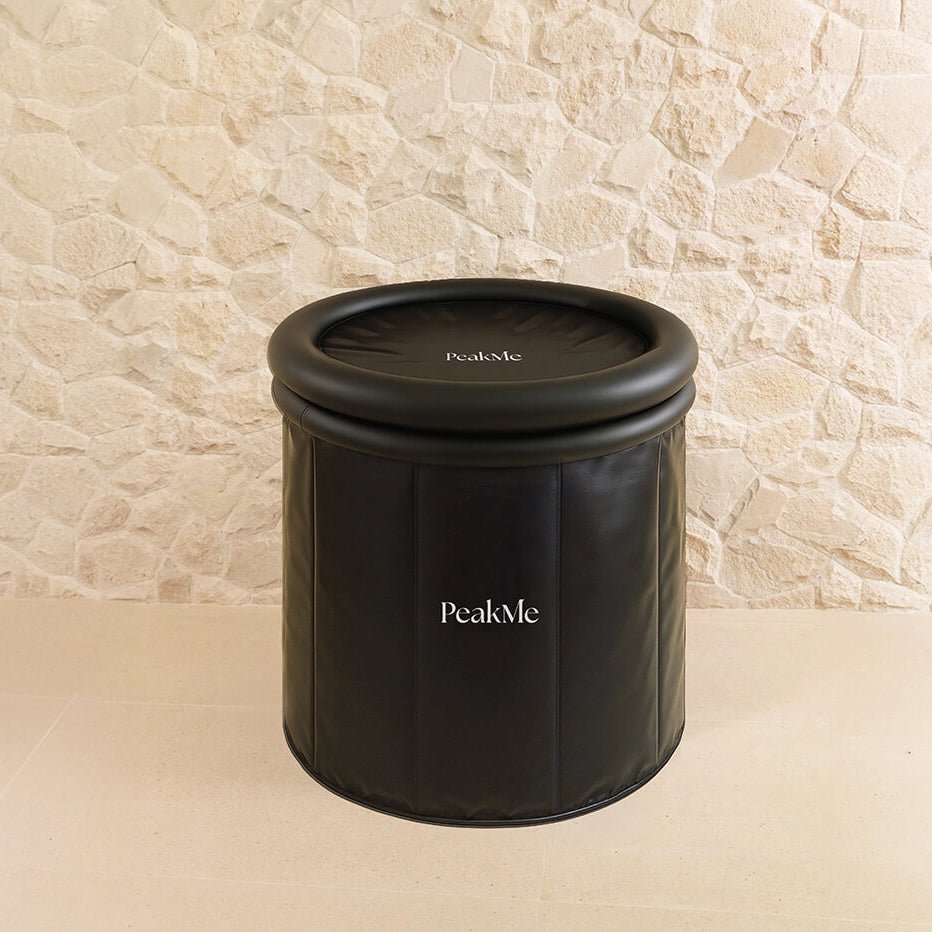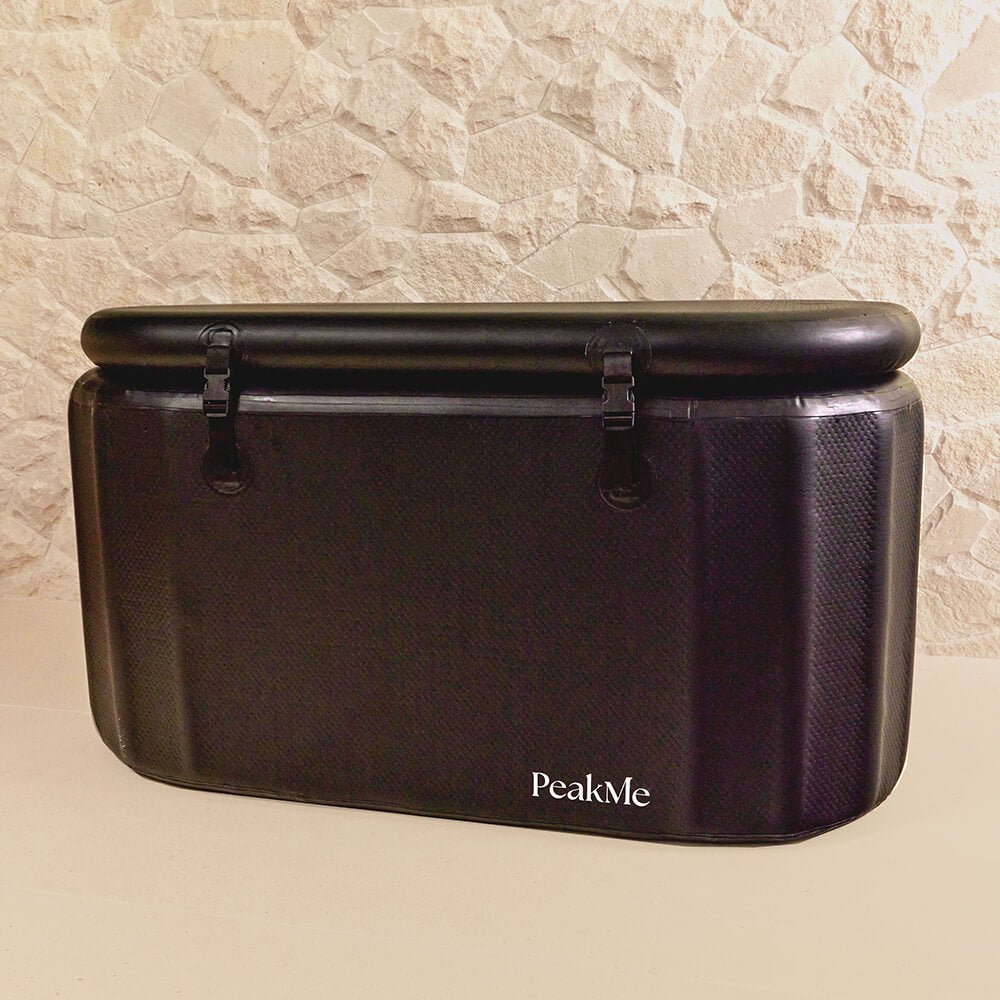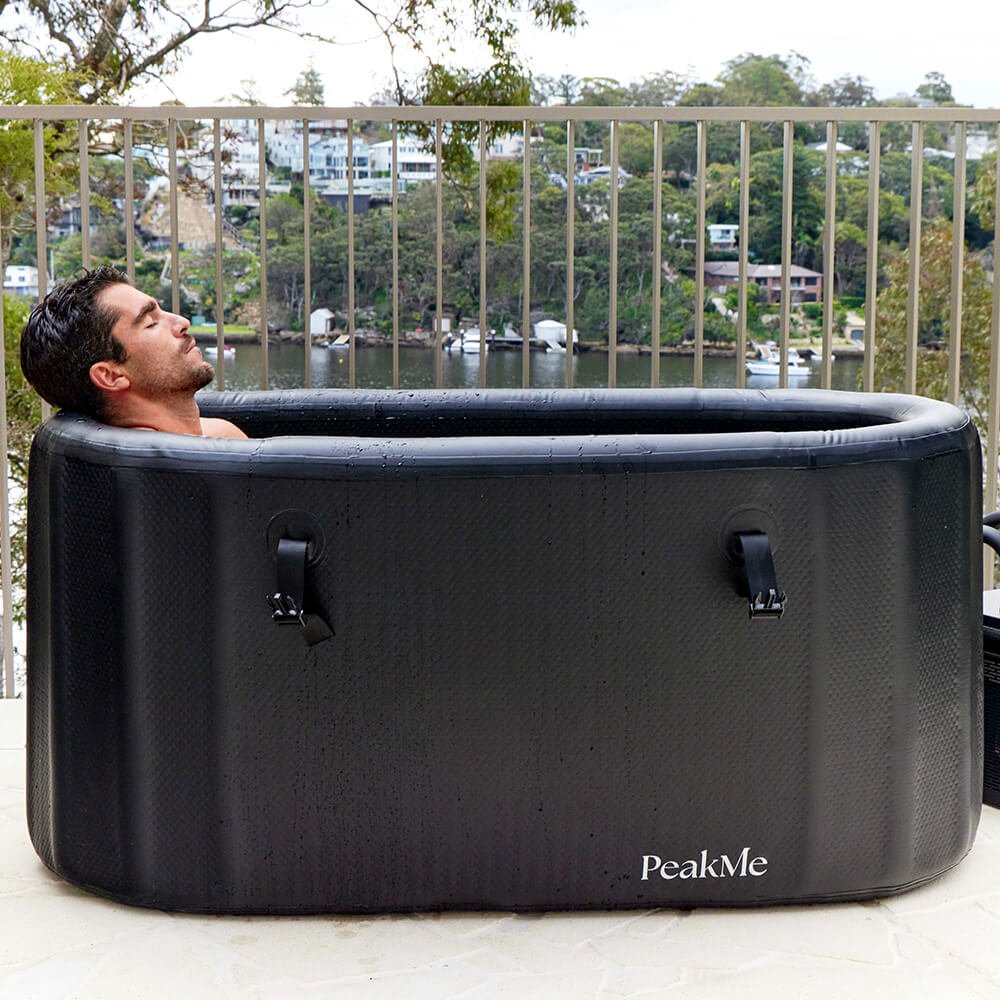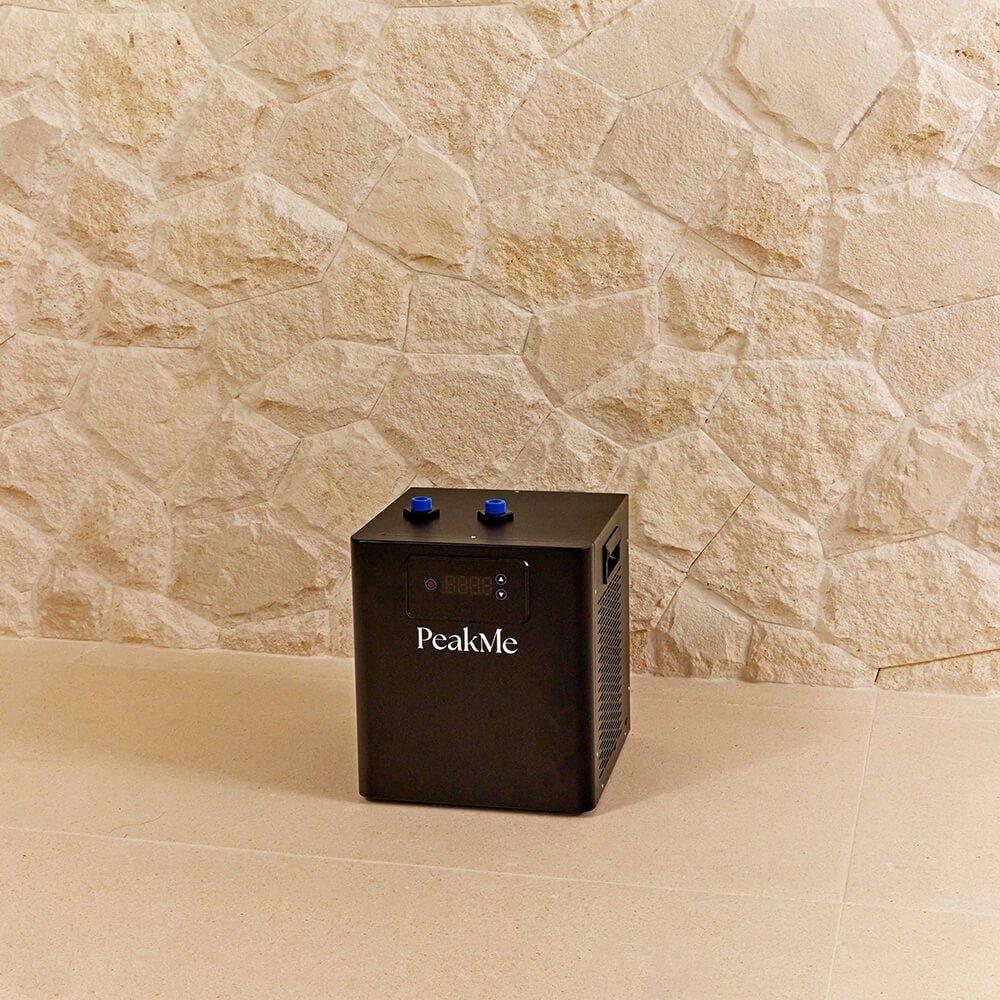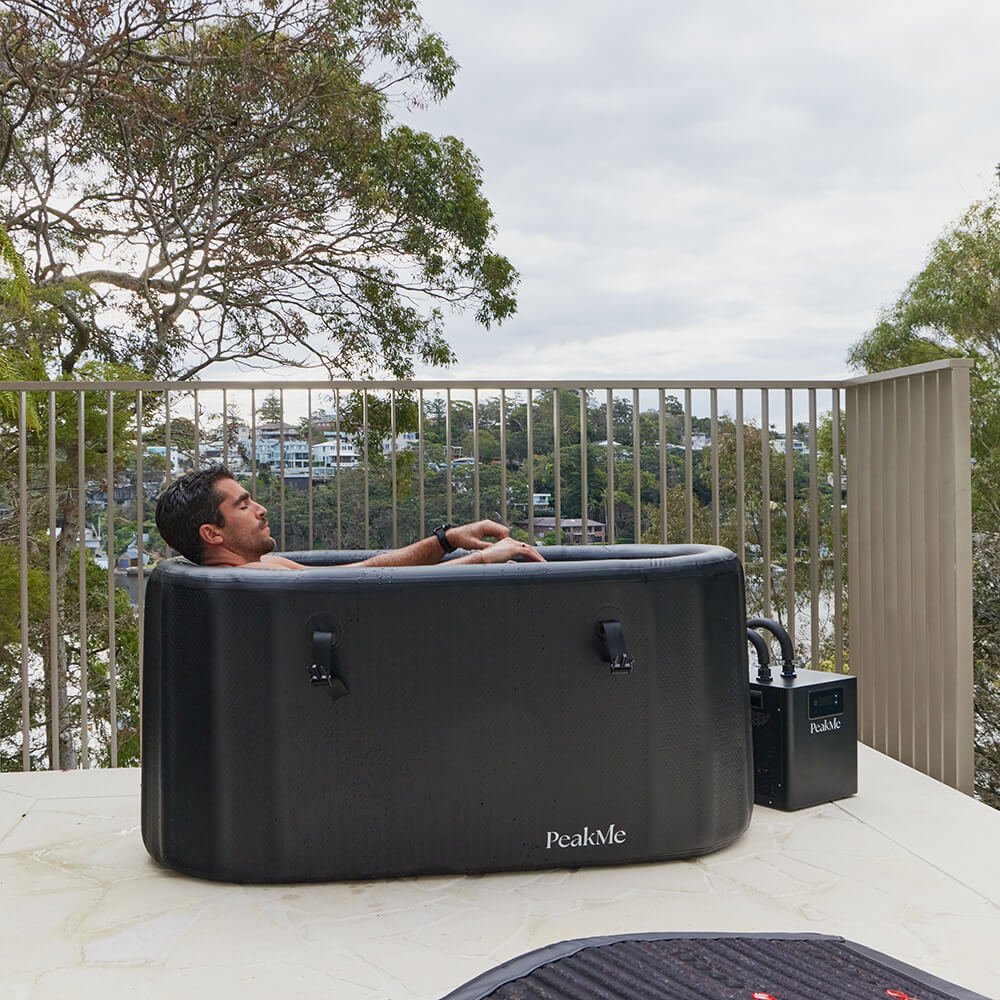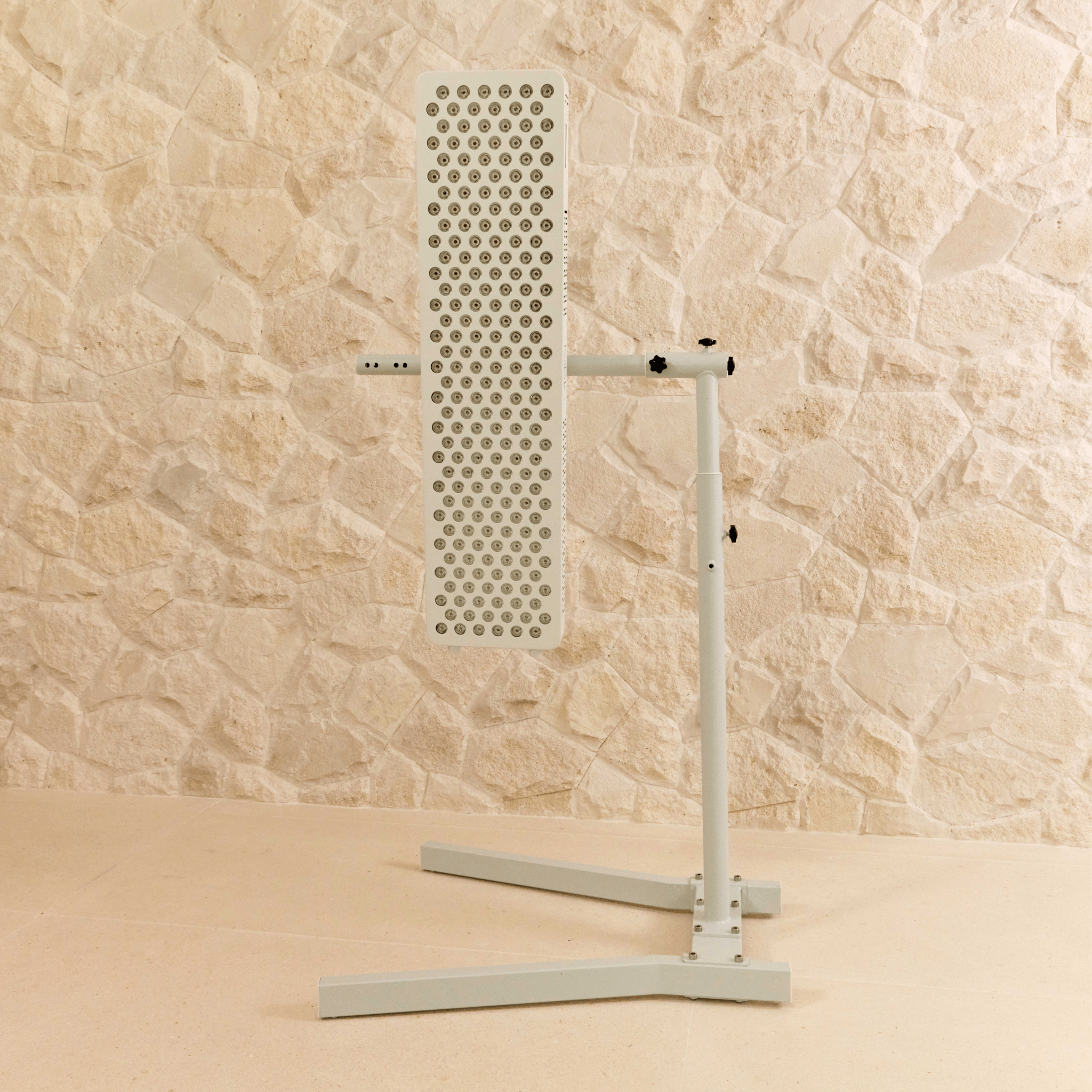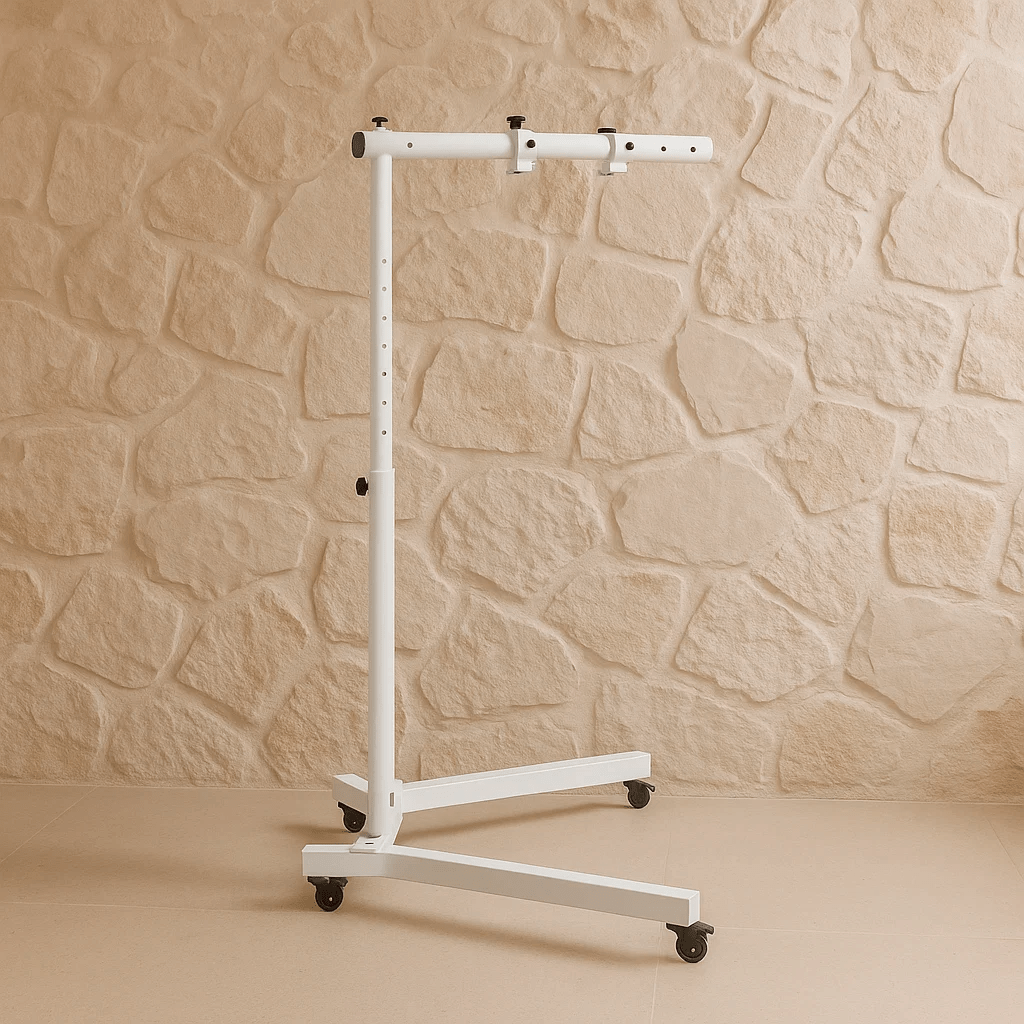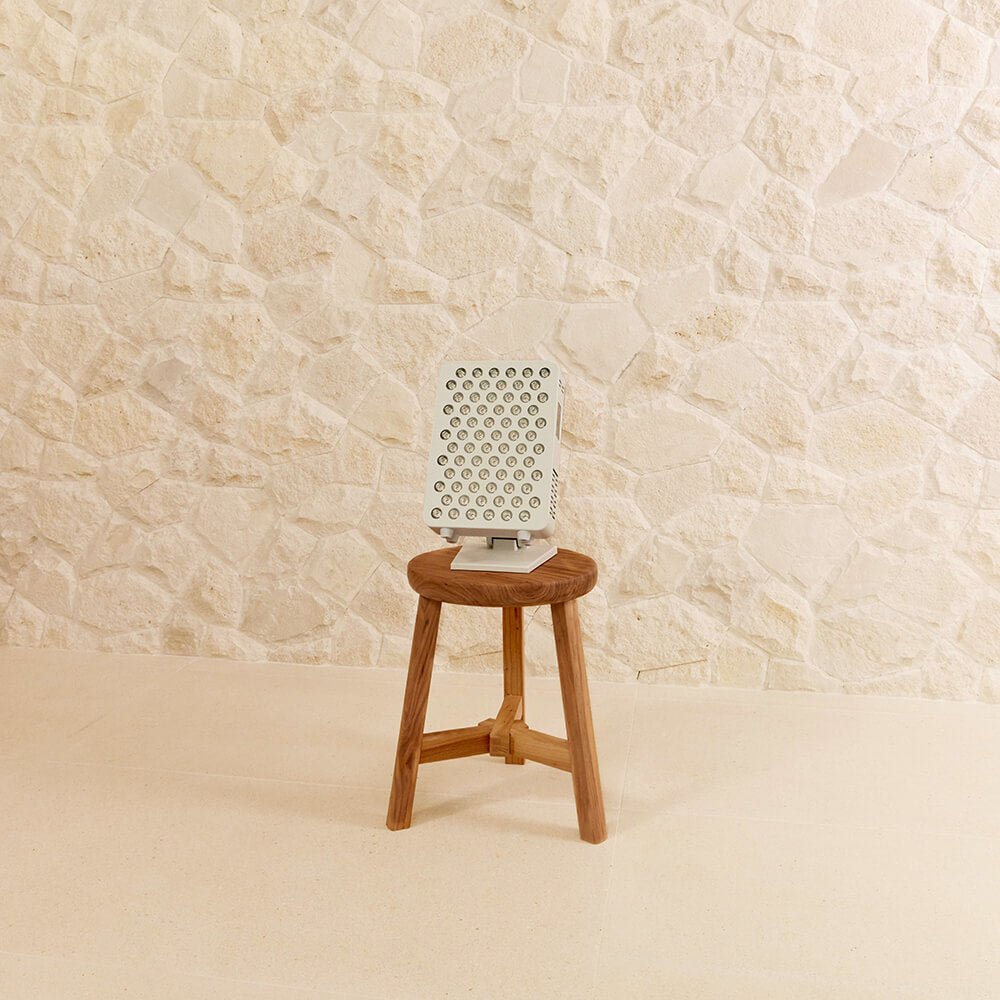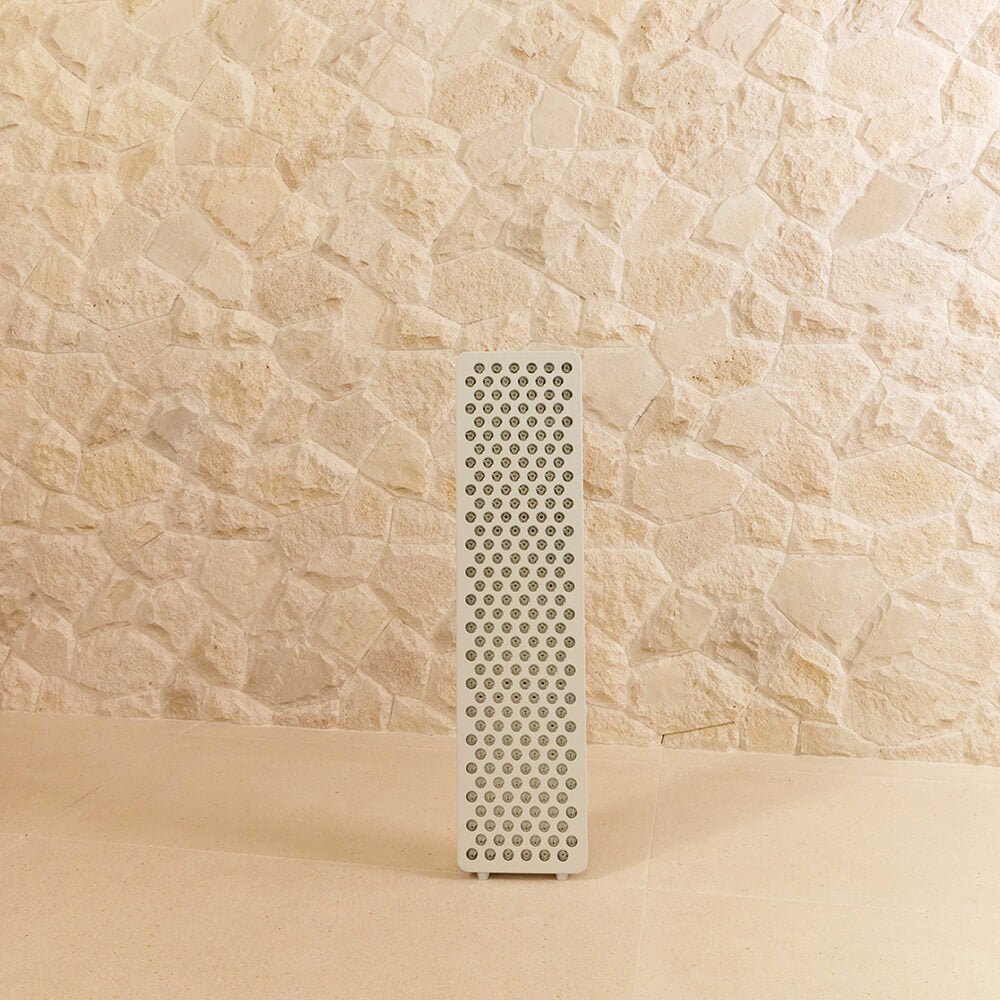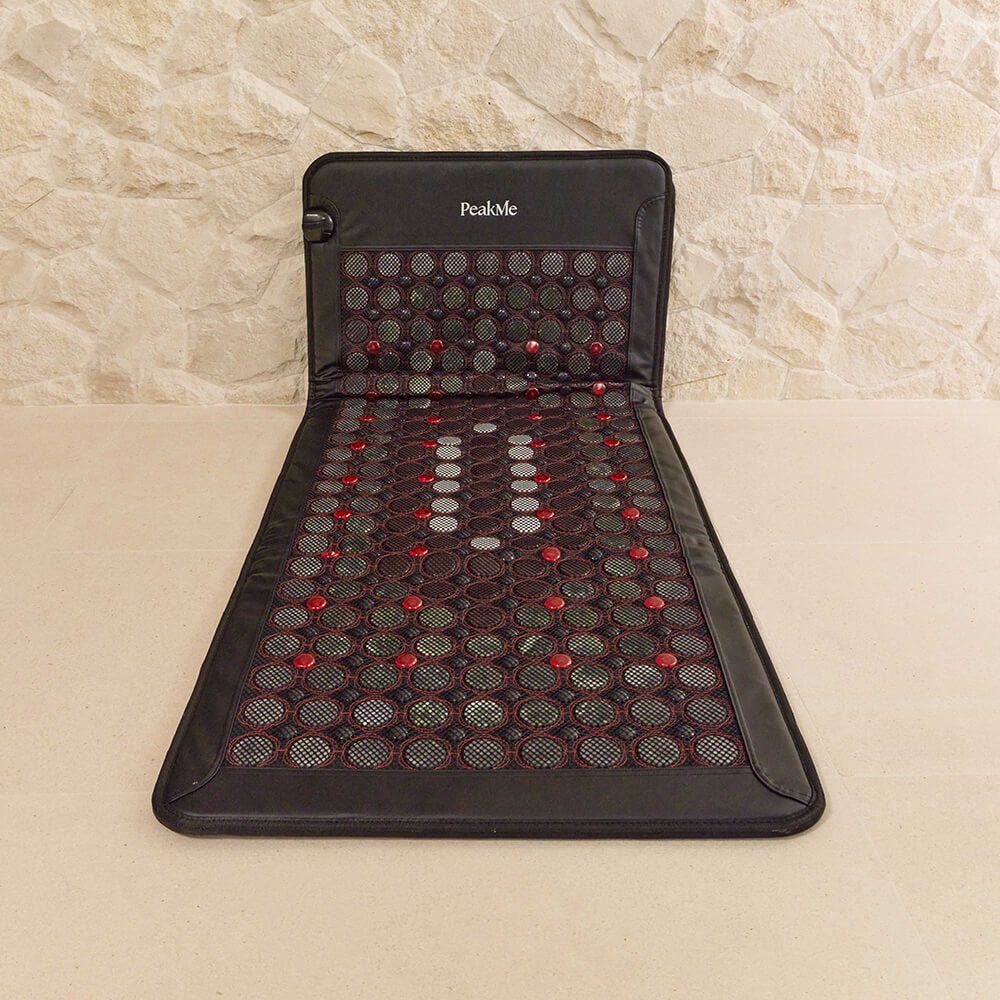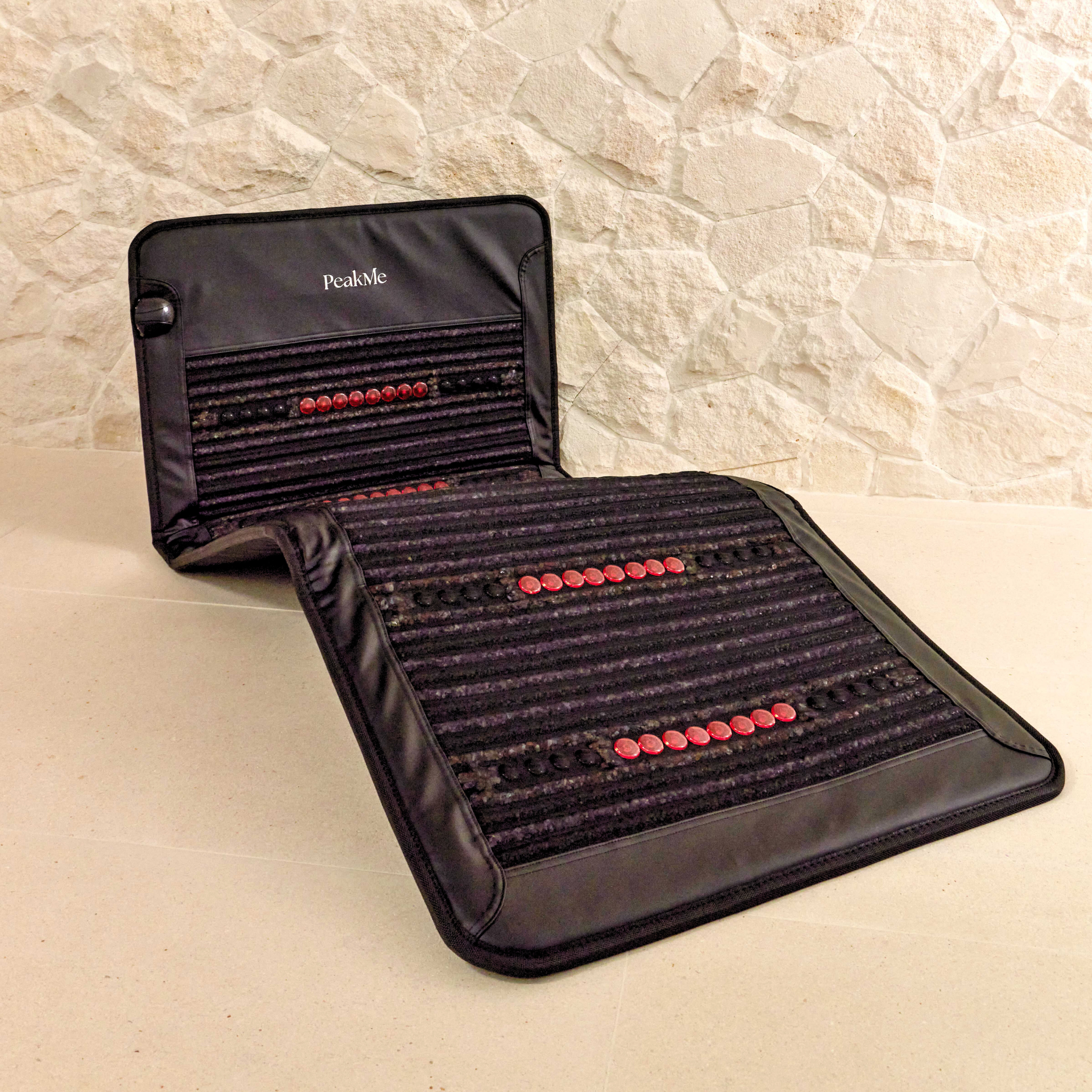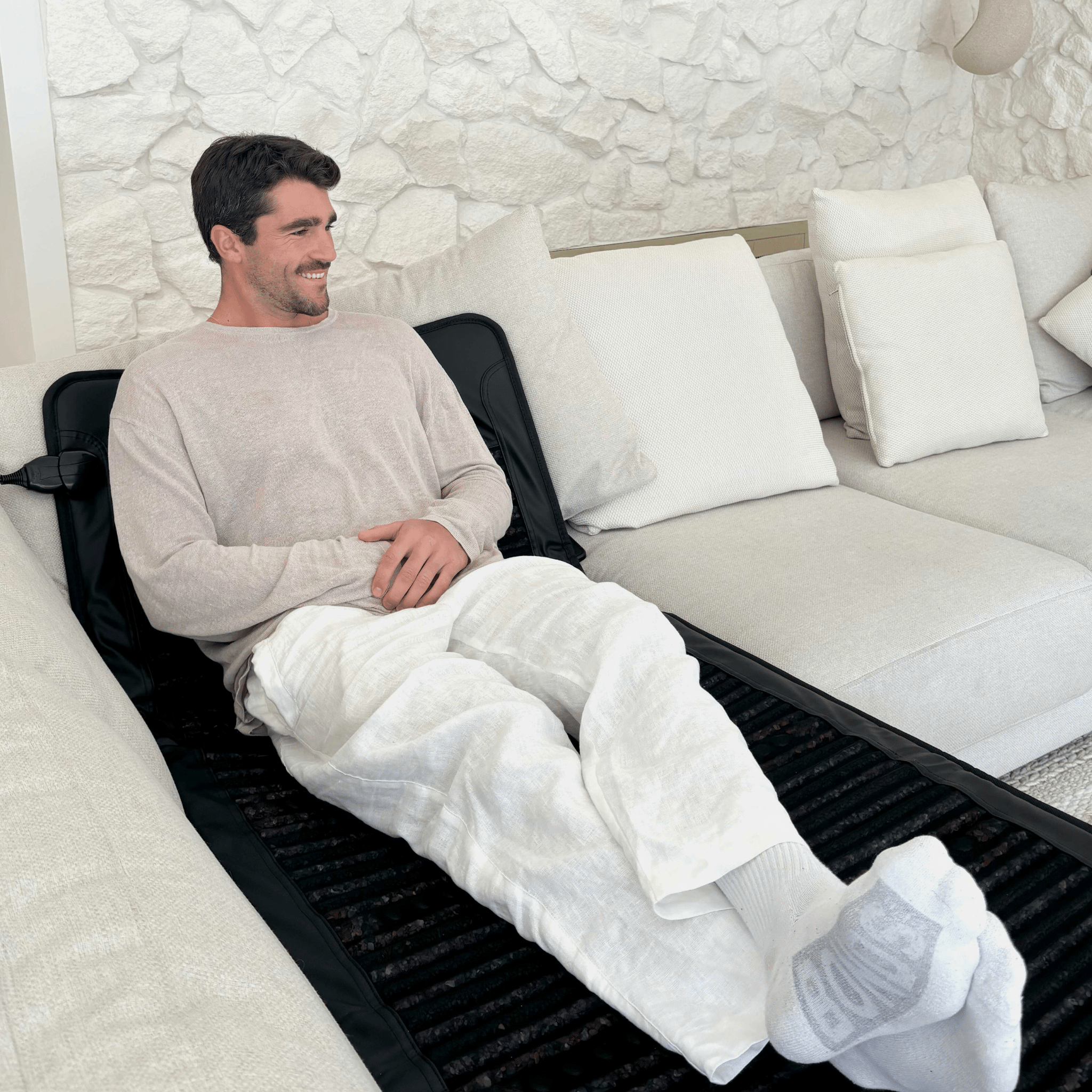Benefits of Controlled Breathing In the Sauna
By now, you’ve probably heard the buzz about breathwork. And whether you’re already a believer or have yet to be convinced, there is mounting evidence to prove that daily breathing rituals and techniques are loaded with mind and body benefits.
But don’t just take our word for it, the likes of wellness experts including Andrew Huberman, Gary Brecka, Kayla Itsines, and others agree that a consistent breathwork routine will improve essential areas of your life, including sleep, circulation, energy levels, recovery, and more.
While Kayla incorporates breathwork into her workouts and Gary and Andrew discuss integrating it into your morning or evening routines, we’re uncovering an unexpected opportunity to combine breathing techniques with another one of your daily routines — sauna time.
Similar to how breathing techniques can improve the quality and efficiency of your ice baths (link that article once it’s live), integrating breathwork into your heat therapy can optimise relaxation and enhance the effects of heat on the body.
Some Lesser-known Benefits of Heated Breathwork:
While it’s fairly widely understood that breathwork and saunas can reduce stress, improve focus, aid in muscle recovery, etc., below we’ve outlined a few other unexpected benefits of combining these two practices.
-
Increased Lung Capacity: Slower, deeper, more deliberate breathing can help expand and enhance your lungs. A study published by Research Australia reported that when asthmatics practiced regular breathing exercises, they reduced their preventer medication levels by up to half and reliever use by up to 86%.
-
Improved Oxygen Flow: Breathing in the sauna’s warm air is known to naturally encourage your body to relax by releasing tension and expanding blood vessels to increase circulation.
-
Improved Blood Pressure: When your blood vessels are dilated (thanks to breathing in the heated air), your increased blood flow can help reduce your blood pressure. Both breathwork and saunas are known to activate the parasympathetic nervous system, which is responsible for calming the body and lowering blood pressure. According to a meta-analysis, doing breathing exercises alone can lower your systolic and diastolic blood pressure and decrease heart rate, all of which are essential for heart health. The sauna optimises these effects by raising your body’s temp, which triggers relaxation responses that reduce cortisol — the body’s primary stress hormone. Basically, by calming your nervous system, your heart can pump blood more efficiently, which supports your overall cardiovascular health. While it likely won’t reverse the effects of hereditary conditions or lifestyle decisions that impact blood pressure, this natural synergy between the heat and your breathing techniques can help generally healthy people keep their blood pressure within a healthy range.
How to Start
Good news — you don’t need to pay an expensive specialist or spend hours binging breathwork podcasts to start reaping the benefits of controlled breathing in your sauna sessions. We’ve pulled together a few simple (yet effective) techniques that will help get you started next time you hop in your Retreat Steam Sauna (so ideally, later today or tomorrow!).
Once you’ve carved out your sauna time and relaxed into a comfortable position, you can begin testing out the below techniques. Please note, some feeling of lightheadedness is normal, but be mindful of your hold breaths and do not push yourself beyond your limits to avoid the risk of fainting.
-
Box Breathing: This well-known breathing technique (also known as the 4-4-4-4 method) is the most basic, yet popular practice, likely because it’s easy to remember and integrate throughout the day. You simply inhale for four seconds, hold for four, exhale for four, then hold again for four. It’s recommended to repeat for two minutes, working your way up to 10 minutes for optimal mental clarity and relaxation.
-
Diaphragmatic Breathing: If you want to go a little deeper, focus on breathing from your diaphragm rather than your chest. Start by gently resting your hand on your stomach and paying attention to how it moves with each inhale and exhale.
-
Nostril Breathing: This ancient technique is all about balance, as it’s believed to steady your energy and enhance calmness, which is even easier to do in the heat. Simply close one nostril and inhale deeply through the other, then switch sides. Repeat 10 times on each side.
-
4-7-8 Breathing: Known for assisting in reducing anxiety, this popular technique involves longer holds and exhales. As mentioned, be mindful of hold breaths and stop if you feel yourself getting too lightheaded or in any way woozy. We’d recommend you ease into this technique with 2-3 rounds, then increase as you feel comfortable. Inhale quietly through your nose for four counts, hold your breath for seven counts, and exhale completely for eight counts.
While we could go on and on about the benefits of breathwork and heat therapy, we know you’re busy, and we’d rather have you spend that time in the sauna than reading about it!
Already a sauna regular? Check out our other options for upping your wellness routine, including cold plunges, PEMF Mats, and more.
- Written by Michele Danno
Read more
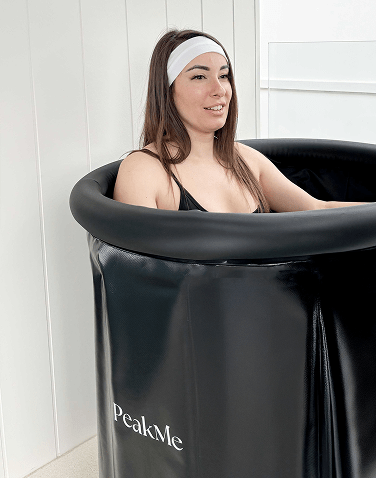
Breaking down myths surrounding ice baths, their benefits, and the "hacks" taking social media by storm.

Why just sit and sweat when you can multitask your way to better health and happiness? Learn how to level up your sauna sessions with expert-approved hacks that boost relaxation, creativity, and pe...


